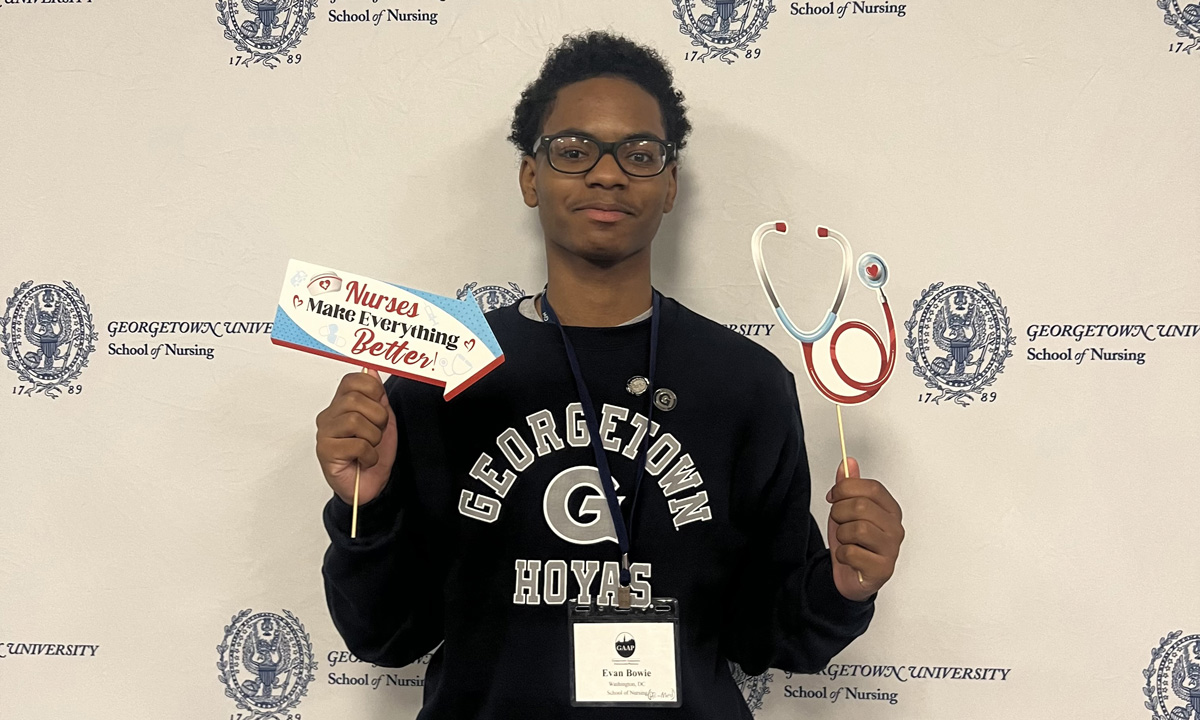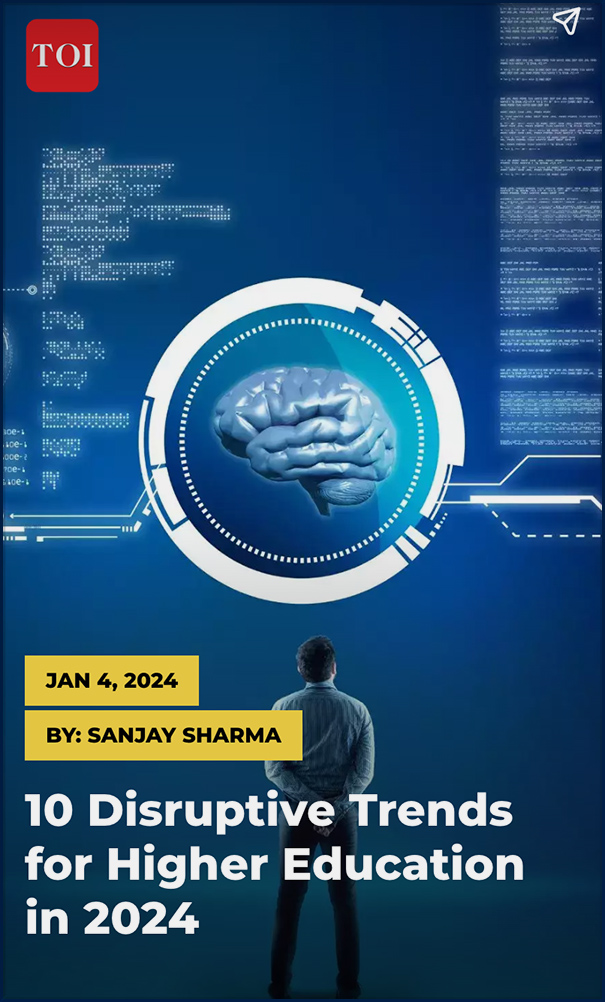From DSC:
As I can’t embed his posting, I’m copying/pasting Jeff’s posting on LinkedIn:
According to Flighty, I logged more than 2,220 flight miles in the last 5 days traveling to three conferences to give keynotes and spend time with housing officers in Milwaukee, college presidents in Mackinac Island, MI, and enrollment and marketing leaders in Raleigh.
Before I rest, I wanted to post some quick thoughts about what I learned. Thank you to everyone who shared their wisdom these past few days:
- We need to think about the “why” and “how” of AI in higher ed. The “why” shouldn’t be just because everyone else is doing it. Rather, the “why” is to reposition higher ed for a different future of competitors. The “how” shouldn’t be to just seek efficiency and cut jobs. Rather we should use AI to learn from its users to create a better experience going forward.
- Residence halls are not just infrastructure. They are part and parcel of the student experience and critical to student success. Almost half of students living on campus say it increases their sense of belonging, according to research by the Association of College & University Housing Officers.
- How do we extend the “residential experience”? More than half of traditional undergraduates who live on campus now take at least once course online. As students increasingly spend time off campus – or move off campus as early as their second year in college – we need to help continue to make the connections for them that they would in a dorm. Why? 47% of college students believe living in a college residence hall enhanced their ability to resolve conflicts.
- Career must be at the core of the student experience for colleges to thrive in the future, says Andy Chan. Yes, some people might see that as too narrow of a view of higher ed or might not want to provide cogs for the wheel of the workforce, but without the job, none of the other benefits of college follow–citizenship, health, engagement.
- A “triple threat grad”–someone who has an internship, a semester-long project, and an industry credential (think Salesforce or Adobe in addition to their degree–matters more in the job market than major or institution, says Brandon Busteed.
- Every faculty member should think of themselves as an ambassador for the institution. Yes, care about their discipline/department, but that doesn’t survive if the rest of the institution falls down around them.
- Presidents need to place bigger bets rather than spend pennies and dimes on a bunch of new strategies. That means to free up resources they need to stop doing things.
- Higher ed needs a new business model. Institutions can’t make money just from tuition, and new products like certificates, are pennies on the dollars of degrees.
- Boards aren’t ready for the future. They are over-indexed on philanthropy and alumni and not enough on the expertise needed for leading higher ed.
From DSC:
As I can’t embed his posting, I’m copying/pasting Jeff’s posting on LinkedIn:
It’s the stat that still gnaws at me: 62%.
That’s the percentage of high school graduates going right on to college. A decade ago it was around 70%. So for all the bellyaching about the demographic cliff in higher ed, just imagine if today we were close to that 70% number? We’d be talking a few hundred thousand more students in the system.
As I told a gathering of presidents of small colleges and universities last night on Mackinac Island — the first time I had to take [numerous modes of transportation] to get to a conference — being small isn’t distinctive anymore.
There are many reasons undergrad enrollment is down, but they all come down to two interrelated trends: jobs and affordability.
The job has become so central to what students want out of the experience. It’s almost as if colleges now need to guarantee a job.
These institutions will need to rethink the learner relationship with work. Instead of college with work on the side, we might need to move to more of a mindset of work with college on the side by:
- Making campus jobs more meaningful. Why can’t we have accounting and finance majors work in the CFO office, liberal arts majors work in IT on platforms such as Salesforce and Workday, which are skills needed in the workplace, etc.?
- Apprenticeships are not just for the trades anymore. Integrate work-based learning into the undergrad experience in a much bigger way than internships and even co-ops.
- Credentials within the degree. Every graduate should leave college with more than just a BA but also a certified credential in things like data viz, project management, the Adobe suite, Alteryx, etc.
- The curriculum needs to be more flexible for students to combine work and learning — not only for the experience but also money for college — so more availability of online courses, hybrid courses, and flexible semesters.
How else can we think about learning and earning?













